Home>Home Appliances>Home Automation Appliances>Where Are The Batteries On A Honeywell Thermostat
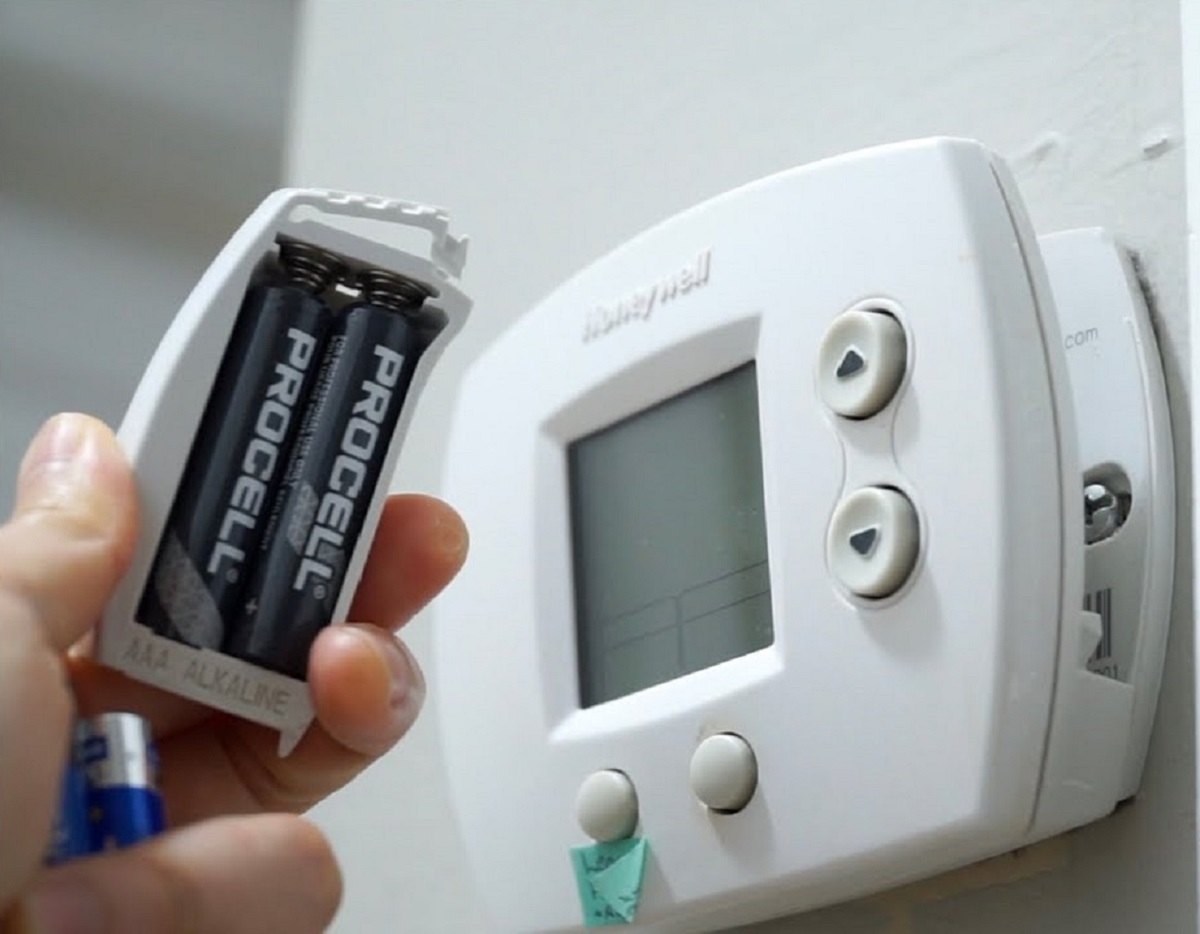

Home Automation Appliances
Where Are The Batteries On A Honeywell Thermostat
Modified: January 4, 2024
Learn where to find the batteries on a Honeywell thermostat for your home automation appliances. Get step-by-step instructions and troubleshooting tips.
(Many of the links in this article redirect to a specific reviewed product. Your purchase of these products through affiliate links helps to generate commission for Storables.com, at no extra cost. Learn more)
Introduction
Understanding the Importance of Batteries in Your Honeywell Thermostat
When it comes to maintaining a comfortable and energy-efficient home environment, a reliable thermostat is indispensable. Honeywell, a renowned name in the realm of home automation, offers a range of thermostats that blend cutting-edge technology with user-friendly design. One crucial component that powers these sophisticated devices is the humble battery. In this comprehensive guide, we will delve into the intricacies of Honeywell thermostats, focusing on the pivotal role of batteries and how to effectively manage them for optimal performance.
A Honeywell thermostat serves as the central command center for regulating the temperature of your living space. Whether it's a programmable, non-programmable, or smart thermostat, these devices rely on batteries to ensure uninterrupted functionality. Understanding the significance of batteries in your Honeywell thermostat is the first step toward maintaining a seamless and efficient heating and cooling system. As we embark on this exploration, we will demystify the process of locating and replacing the batteries, as well as share valuable insights on prolonging their lifespan.
Join us as we unravel the mysteries of Honeywell thermostats and empower you with the knowledge to keep your home environment comfortable and your energy usage optimized. Let's embark on this enlightening journey to discover the heart of your thermostat—the batteries.
Understanding Honeywell Thermostats
Key Takeaways:
- Don’t get caught in the cold! Honeywell thermostats need batteries to work, so knowing where to find and replace them is crucial for keeping your home cozy and energy-efficient.
- Keep your thermostat happy and your home comfy by checking and replacing the batteries regularly. It’s an easy way to make sure your Honeywell thermostat keeps working like a charm!
The Evolution of Honeywell Thermostats
Honeywell has been a trailblazer in the realm of home automation and climate control for over a century. The company’s legacy of innovation and commitment to enhancing home comfort is evident in its diverse range of thermostats. From traditional analog models to state-of-the-art smart thermostats equipped with Wi-Fi connectivity and advanced sensors, Honeywell has continually raised the bar in the industry.
Key Features of Honeywell Thermostats
One of the defining characteristics of Honeywell thermostats is their user-friendly interface, which caters to both technologically savvy individuals and those who prefer simplicity. The intuitive controls and clear display panels make it effortless to program schedules, adjust settings, and monitor energy usage. Additionally, Honeywell thermostats are designed to seamlessly integrate with heating, ventilation, and air conditioning (HVAC) systems, ensuring precise temperature regulation and energy efficiency.
Advantages of Honeywell Thermostats
Whether it’s the convenience of remote access via smartphone apps or the energy-saving potential of adaptive learning algorithms, Honeywell thermostats offer a myriad of benefits. The ability to customize heating and cooling schedules based on daily routines, as well as the option to receive alerts and insights regarding HVAC system performance, empowers homeowners to take control of their indoor climate and energy consumption.
The Role of Batteries in Honeywell Thermostats
While many Honeywell thermostats are designed to draw power from the HVAC system, batteries play a crucial role in ensuring uninterrupted operation, especially during power outages. Understanding the integration of batteries within these devices is essential for maintaining their functionality and preventing potential disruptions in temperature control.
As we unravel the intricacies of Honeywell thermostats, it becomes evident that these devices are not merely tools for adjusting temperature—they are sophisticated instruments that harmonize comfort, convenience, and energy efficiency. Now, let’s delve into the core of these devices and unravel the mystery of where the batteries are located within a Honeywell thermostat.
Locating the Batteries on a Honeywell Thermostat
Unveiling the Battery Compartment
As you embark on the quest to locate the batteries within your Honeywell thermostat, you’ll find that the process varies depending on the model. However, a common trait among most Honeywell thermostats is the discreet yet accessible placement of the battery compartment. Typically, this compartment is strategically positioned on the back or bottom of the thermostat, concealed by a removable cover or sliding panel. The seamless integration of the battery compartment into the thermostat’s design ensures that it does not compromise the device’s aesthetic appeal while remaining easily accessible for maintenance.
Read more: How To Use A Honeywell Home Thermostat
Identifying Compatible Battery Types
Before delving into the physical location of the battery compartment, it’s essential to familiarize yourself with the specific battery type required for your Honeywell thermostat. While some models are designed to accommodate standard alkaline batteries, others may utilize lithium batteries for extended lifespan and reliability. Refer to the user manual or the labeling inside the battery compartment to ascertain the appropriate battery type and quantity for your particular thermostat model.
Ensuring Safe Handling and Installation
When handling batteries for your Honeywell thermostat, it’s imperative to exercise caution and adhere to recommended safety practices. Whether you’re removing depleted batteries or installing new ones, take care to observe proper polarity and avoid mishandling the batteries to prevent leakage or damage to the thermostat. Additionally, ensure that the battery compartment is free from dust and debris before inserting the new batteries to maintain optimal contact and performance.
Embracing the Power of Preparedness
Locating the batteries on your Honeywell thermostat is not merely a matter of maintenance—it’s a proactive step toward ensuring uninterrupted operation and peace of mind. By familiarizing yourself with the battery compartment’s placement and the specific battery requirements of your thermostat, you equip yourself with the knowledge to swiftly address any potential power-related issues. Now that we’ve uncovered the whereabouts of the batteries, let’s delve into the seamless process of replacing them to sustain the flawless functionality of your Honeywell thermostat.
Replacing the Batteries in a Honeywell Thermostat
Read more: How To Set A Honeywell Thermostat To Auto
Effortless Battery Replacement Process
When the time comes to replace the batteries in your Honeywell thermostat, rest assured that the process is designed to be straightforward and hassle-free. Begin by carefully accessing the battery compartment, ensuring that you have identified the correct location as per the user manual or visual indicators on the thermostat. Once the compartment is open, gently remove the depleted batteries, taking note of their orientation to facilitate the seamless installation of the new ones.
Choosing High-Quality Replacement Batteries
Opting for reputable and high-quality replacement batteries is paramount in maintaining the optimal performance of your Honeywell thermostat. Whether your thermostat requires AA, AAA, or specialized lithium batteries, selecting reliable brands known for longevity and minimal leakage can significantly impact the device’s overall functionality. Prioritize batteries with long shelf lives to minimize the frequency of replacements and ensure consistent power supply to your thermostat.
Embracing Environmental Responsibility
As you replace the batteries in your Honeywell thermostat, consider the environmental impact of disposing of the depleted batteries. Many communities offer recycling programs for household batteries, allowing you to contribute to sustainability efforts while responsibly managing electronic waste. By adhering to eco-friendly practices when handling and disposing of batteries, you play a part in preserving the environment and minimizing the carbon footprint associated with battery usage.
Verifying Seamless Functionality
Once the new batteries are securely installed in the compartment, take a moment to verify that they are positioned correctly and make solid contact with the terminal points. Gently close the battery compartment cover, ensuring that it is securely fastened to maintain the integrity of the thermostat’s design and protect the batteries from external elements. With the batteries successfully replaced, your Honeywell thermostat is poised to continue its unwavering support in maintaining your home’s comfort and energy efficiency.
Empowering Your Thermostat for Continued Performance
By mastering the art of replacing batteries in your Honeywell thermostat, you empower the device to fulfill its pivotal role in regulating your home’s temperature with unwavering precision. The seamless integration of high-quality batteries and responsible disposal practices ensures that your thermostat remains a steadfast ally in your quest for a comfortable and sustainable living environment. As we navigate the process of maintaining battery life in Honeywell thermostats, let’s explore valuable tips to optimize their performance and longevity.
Tips for Maintaining Battery Life in a Honeywell Thermostat
Optimizing Battery Performance Through Regular Checks
Periodically inspecting the battery status of your Honeywell thermostat is a proactive measure that can prevent unexpected power disruptions. Set a recurring schedule to assess the battery indicator on the thermostat’s display or utilize any low-battery alerts provided by the device. By staying attuned to the battery’s condition, you can preemptively replace them before they deplete, ensuring uninterrupted operation of your thermostat.
Temperature Control for Prolonged Battery Lifespan
Strategically managing the temperature settings in your home can contribute to extending the battery life of your Honeywell thermostat. By optimizing the temperature range and minimizing frequent adjustments, you reduce the strain on the thermostat’s power supply, ultimately enhancing the longevity of the batteries. Additionally, leveraging the programmable features of your thermostat to align with your daily routines can promote energy efficiency and preserve battery capacity.
The batteries on a Honeywell thermostat are usually located behind the front cover. To access them, gently pull the cover off and replace the old batteries with new ones.
Maintaining a Clean and Dust-Free Environment
Regularly cleaning the vicinity of your thermostat and ensuring that the battery compartment remains free from dust and debris is instrumental in safeguarding the batteries’ performance. Dust accumulation can impede the contact between the batteries and the thermostat’s terminals, potentially leading to erratic operation or premature drainage. By upholding a clean environment, you optimize the functionality of the batteries and mitigate potential issues stemming from contamination.
Utilizing Energy-Efficient HVAC Settings
Collaborating with your Honeywell thermostat to implement energy-saving HVAC settings can contribute to preserving the battery life while promoting sustainable home climate control. Leveraging features such as adaptive learning algorithms, energy usage insights, and remote access to adjust temperature settings with precision fosters an environment where the batteries operate efficiently. This synergy between smart thermostat capabilities and energy-conscious practices fortifies the longevity of the batteries.
Harnessing the Power of Firmware Updates
Staying abreast of firmware updates released by Honeywell for your thermostat model can yield performance enhancements that directly impact battery efficiency. These updates often include optimizations and refinements in power management, ensuring that the thermostat operates with minimal power consumption. By embracing firmware updates as they become available, you equip your thermostat with the latest advancements to sustain battery life and overall functionality.
Embracing a Holistic Approach to Battery Maintenance
By integrating these tips into your routine maintenance practices, you nurture a harmonious relationship between your Honeywell thermostat and its batteries. The collective impact of proactive monitoring, energy-conscious usage, cleanliness, and technological advancements culminates in an environment where the batteries thrive, empowering your thermostat to fulfill its mission of maintaining a comfortable and energy-efficient home.
Read also: 12 Best Honeywell 5000 Thermostat For 2025
Conclusion
Empowering Your Home with Honeywell Thermostats
As we conclude our exploration of Honeywell thermostats and the pivotal role of batteries within these devices, it becomes evident that these components are not merely power sources—they are the lifeblood that sustains the seamless operation of your home’s climate control system. Honeywell’s dedication to innovation and user-centric design has culminated in a diverse array of thermostats that cater to the varying needs and preferences of homeowners, empowering them to achieve personalized comfort and energy efficiency.
Unveiling the Heart of Your Thermostat
By unraveling the intricacies of locating, replacing, and maintaining the batteries in your Honeywell thermostat, you have embarked on a journey to fortify the foundation of your home’s climate control. The fusion of user-friendly interfaces, energy-saving features, and the reliability of battery-powered operation epitomizes the seamless integration of technology and comfort within Honeywell thermostats.
Embracing Proactive Maintenance and Sustainability
As you embrace the tips for maintaining battery life and optimizing the performance of your Honeywell thermostat, you not only ensure the device’s longevity but also contribute to a sustainable and efficient home environment. By adopting a proactive approach to battery management, leveraging energy-conscious practices, and embracing technological advancements, you cultivate an ecosystem where your thermostat operates at its peak, harmonizing comfort with responsible energy usage.
Read more: How Do You Operate A Honeywell Thermostat
Embarking on a Journey of Comfort and Efficiency
In the ever-evolving landscape of home automation and climate control, Honeywell thermostats stand as beacons of innovation, reliability, and user empowerment. The seamless fusion of cutting-edge technology and intuitive design paves the way for a harmonious coexistence between your home and the devices that regulate its temperature. With the knowledge and insights garnered from this guide, you are poised to embark on a journey of comfort, efficiency, and sustainability within your home.
Empowerment Through Knowledge and Understanding
As you navigate the realm of Honeywell thermostats, armed with the wisdom of battery management and the nuances of thermostat operation, you become the steward of your home’s climate control destiny. The empowerment derived from understanding the heart of your thermostat—the batteries—enables you to orchestrate a symphony of comfort, energy efficiency, and sustainability within the confines of your living space.
Let this journey be a testament to the harmonious convergence of technology and humanity, where the humble battery within your Honeywell thermostat becomes a catalyst for a home environment that resonates with comfort, mindfulness, and vitality.
Frequently Asked Questions about Where Are The Batteries On A Honeywell Thermostat
Was this page helpful?
At Storables.com, we guarantee accurate and reliable information. Our content, validated by Expert Board Contributors, is crafted following stringent Editorial Policies. We're committed to providing you with well-researched, expert-backed insights for all your informational needs.
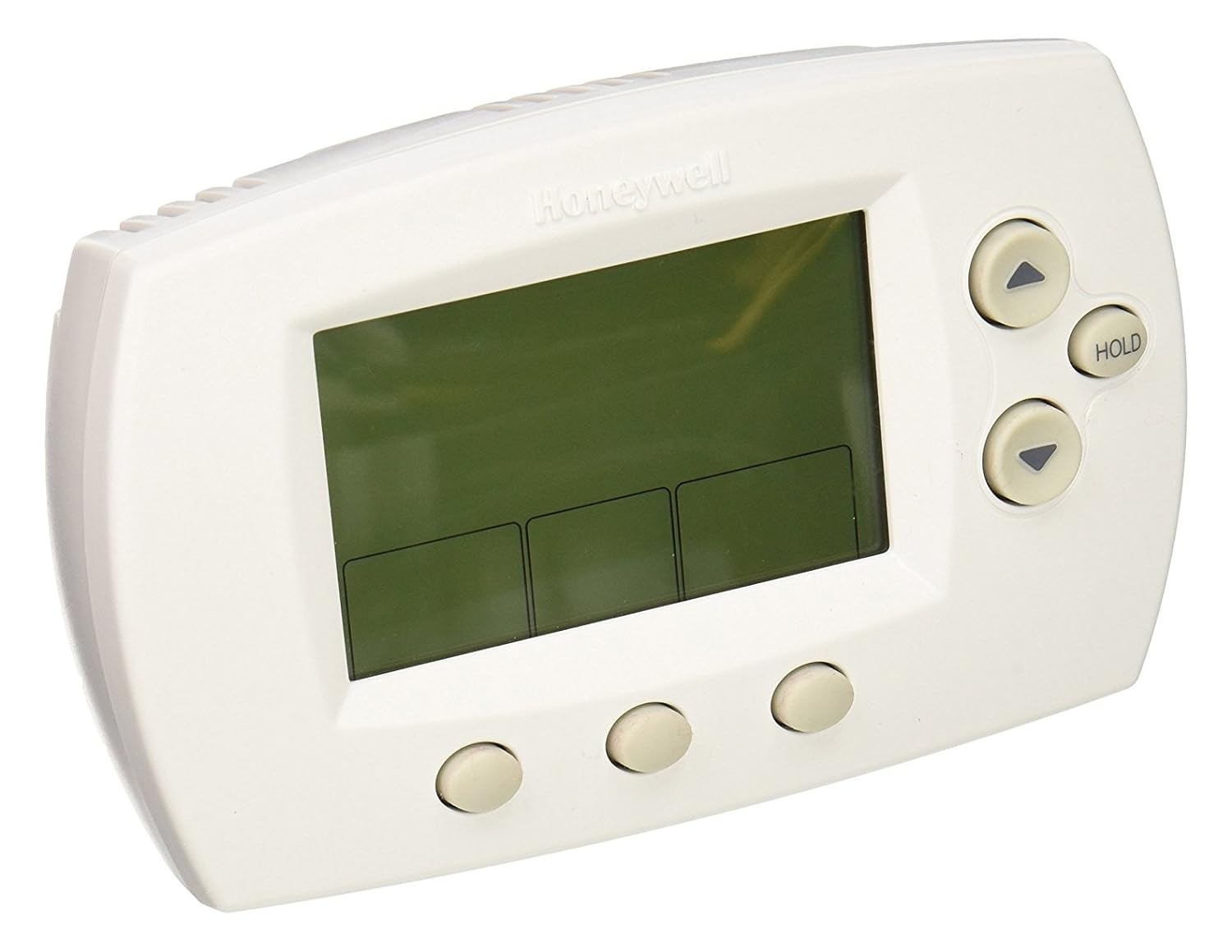
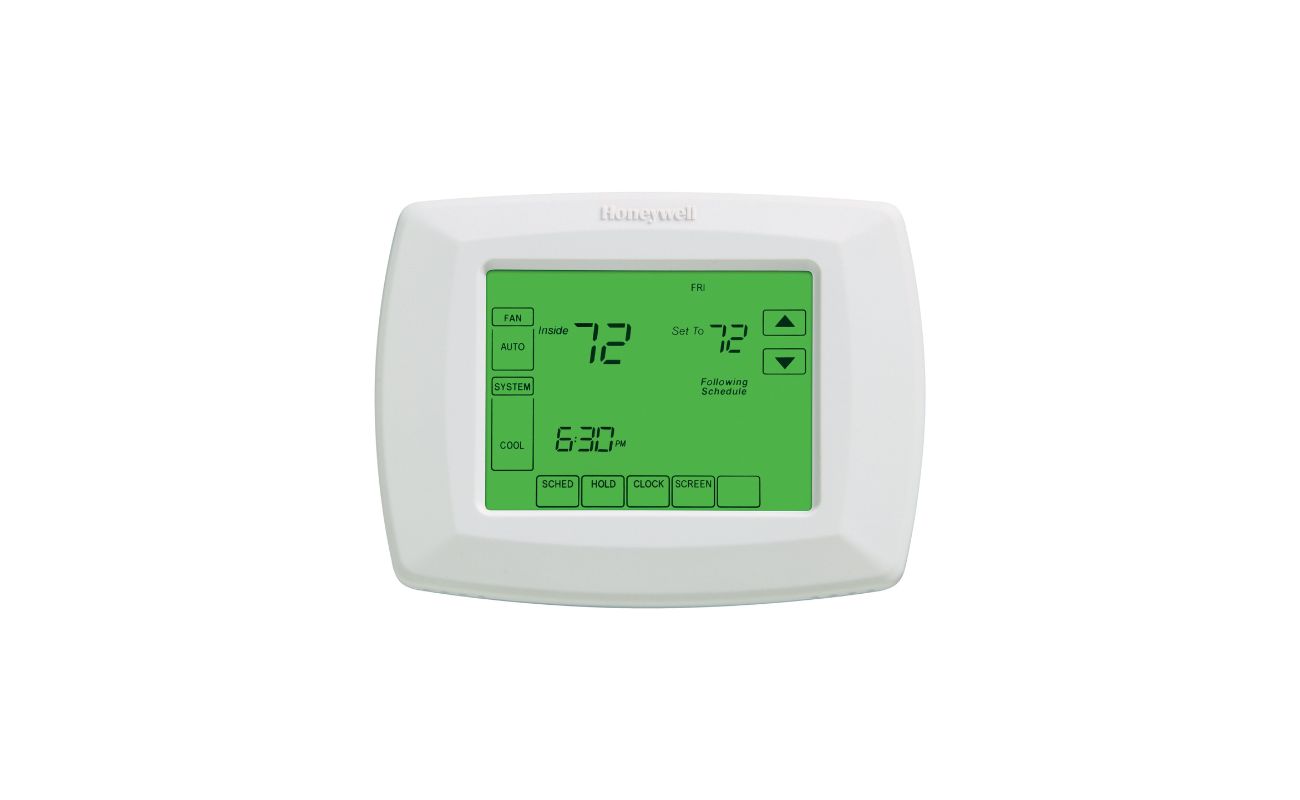
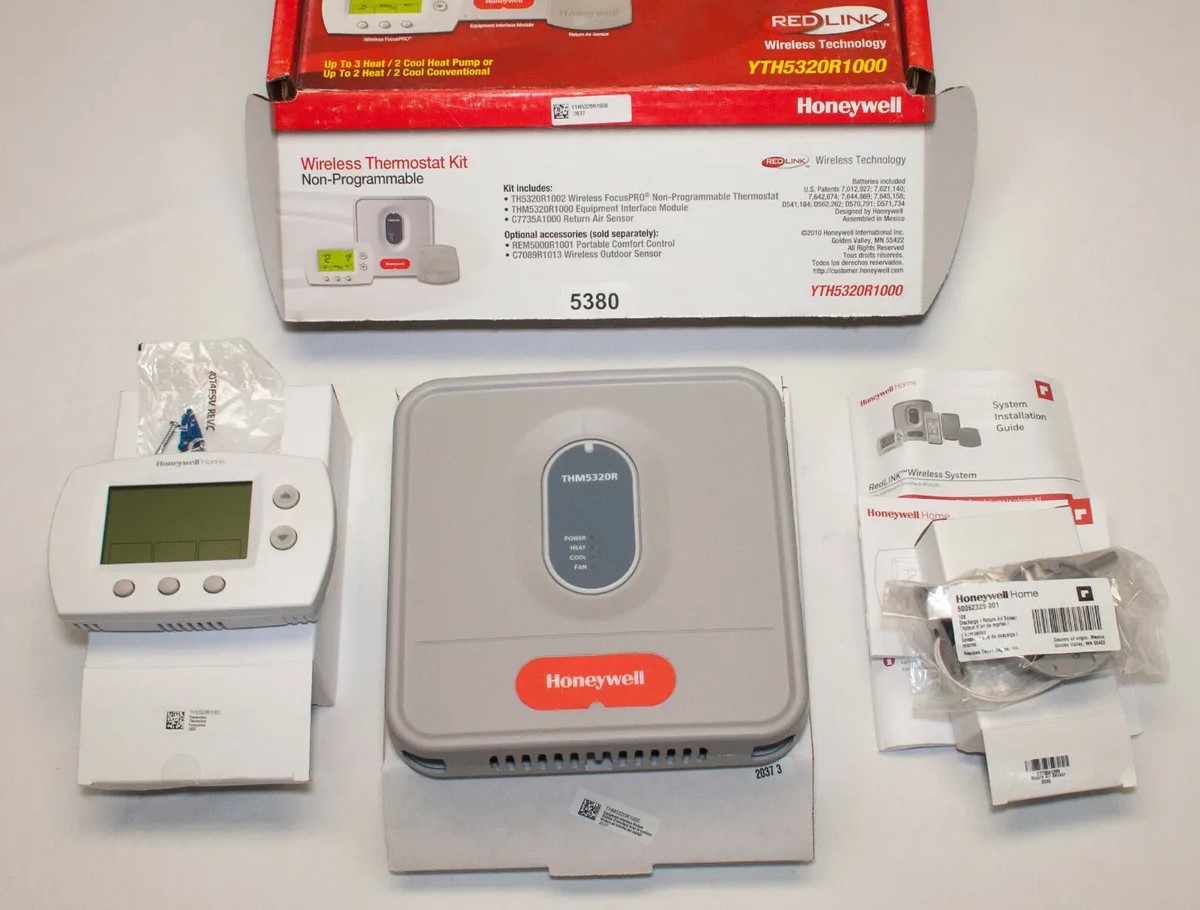

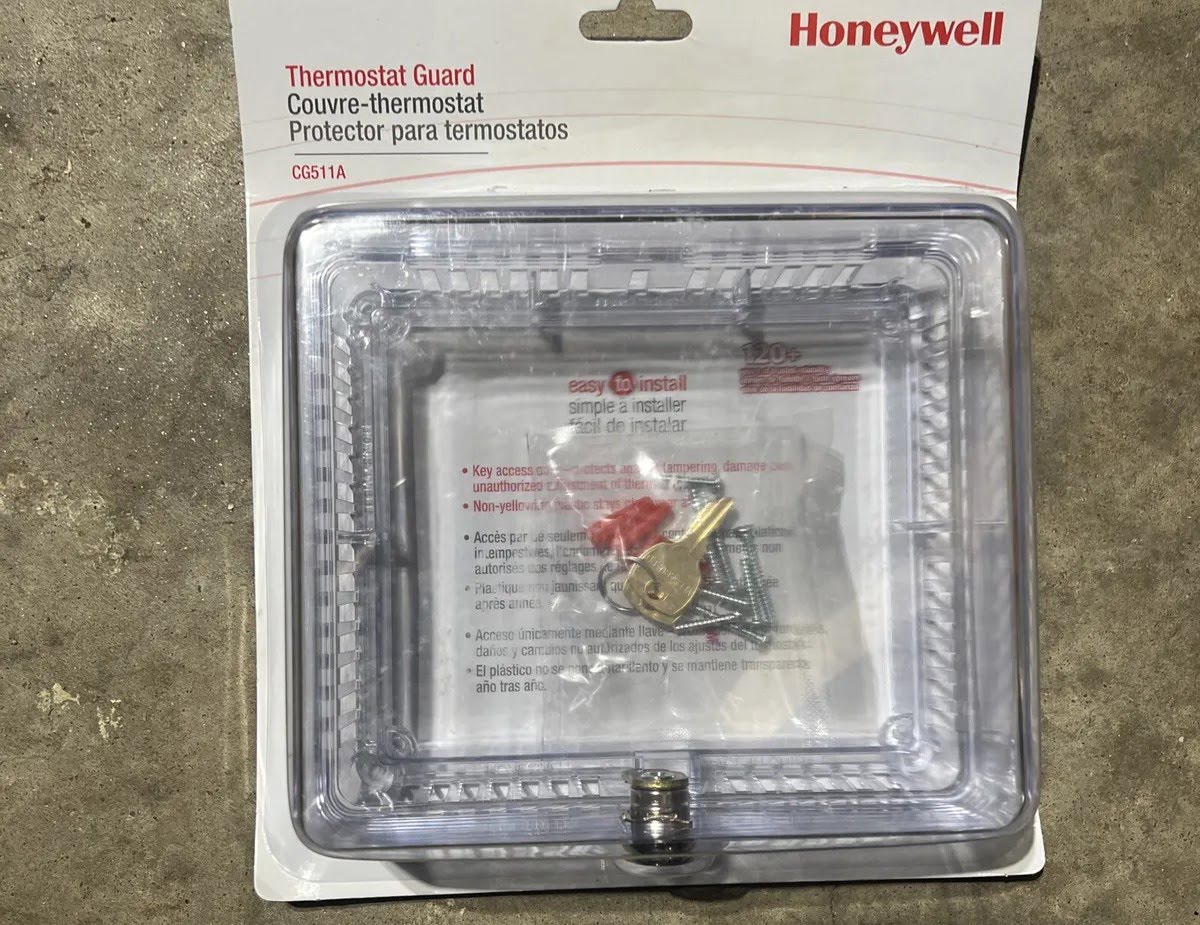
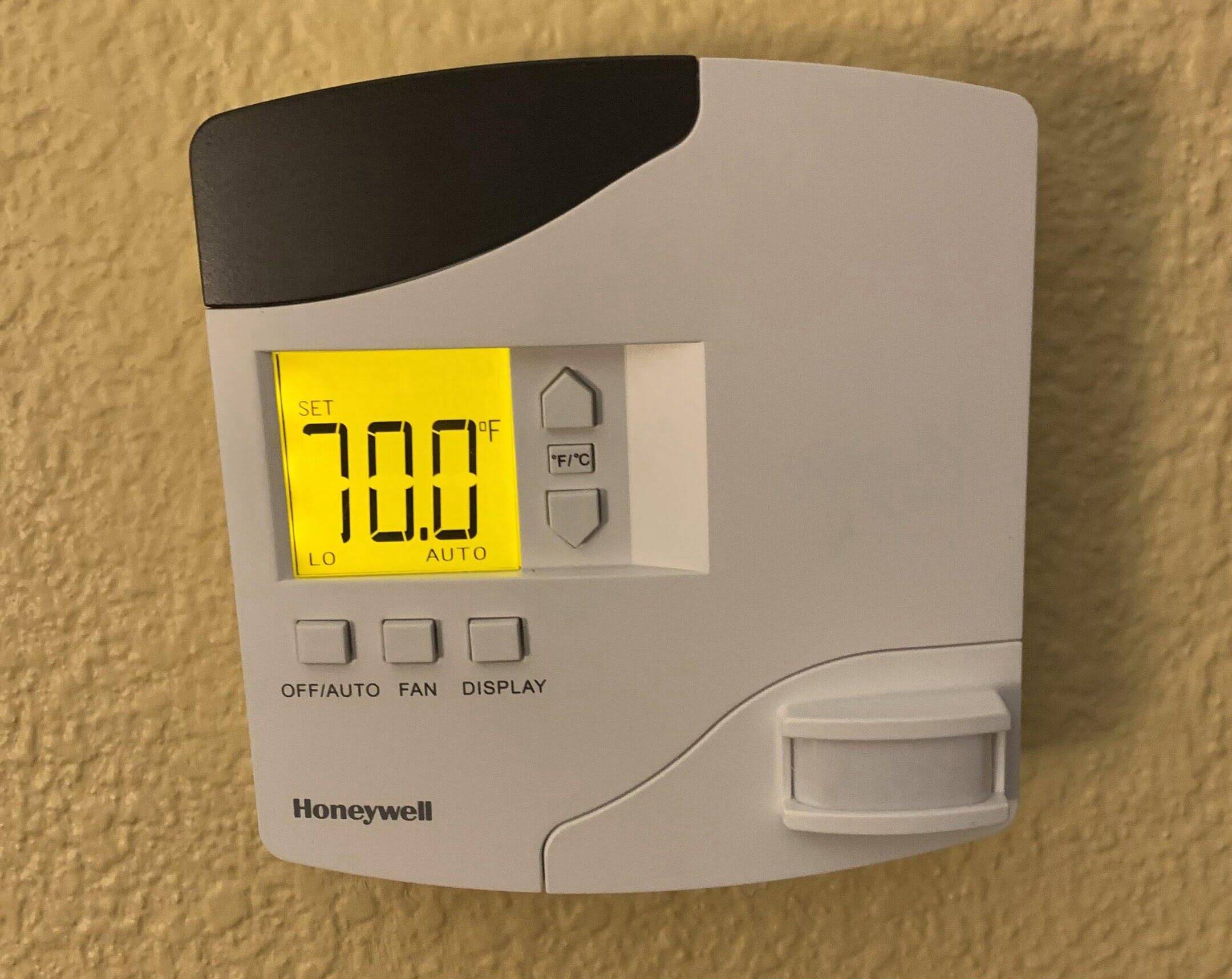
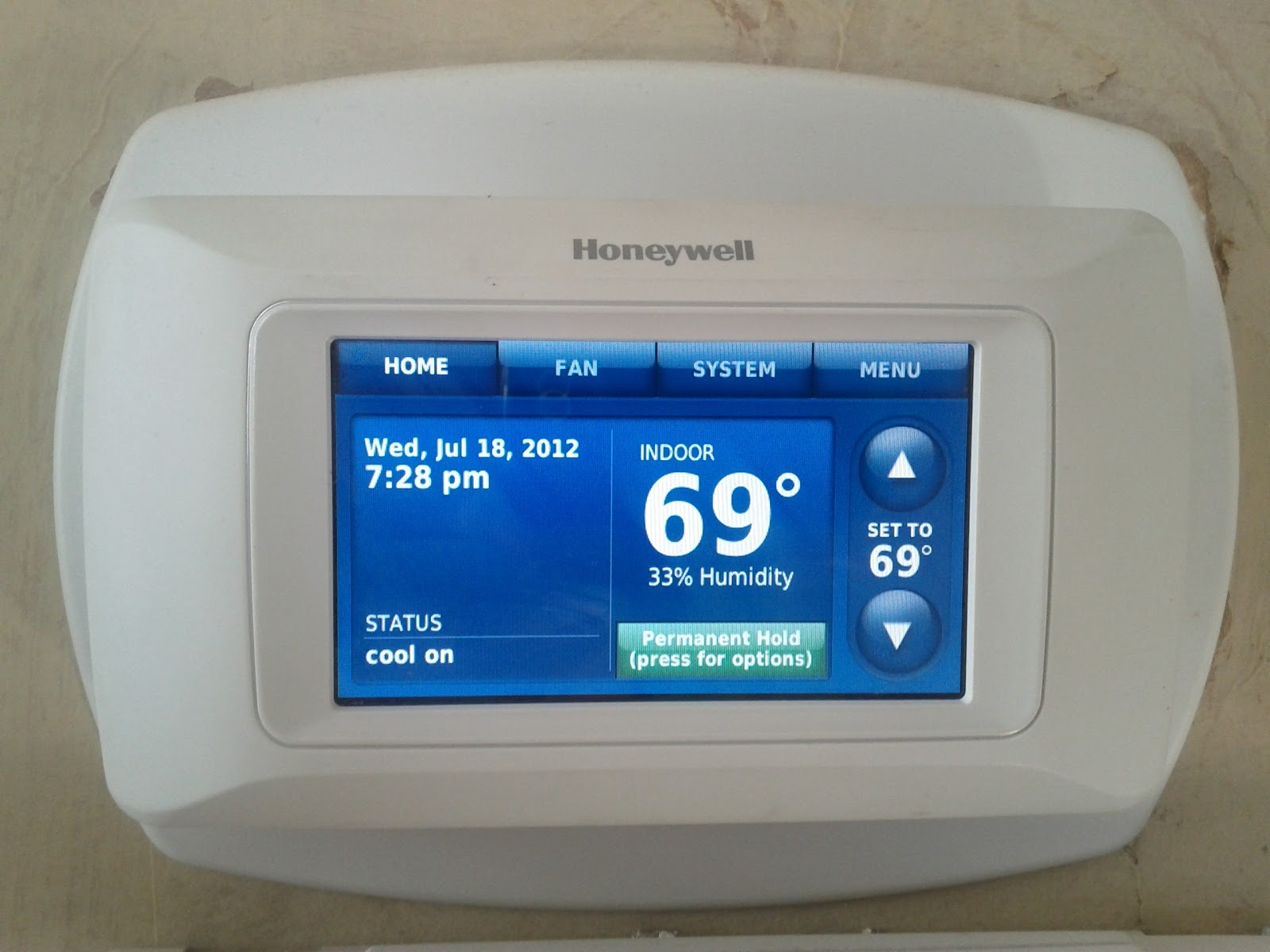
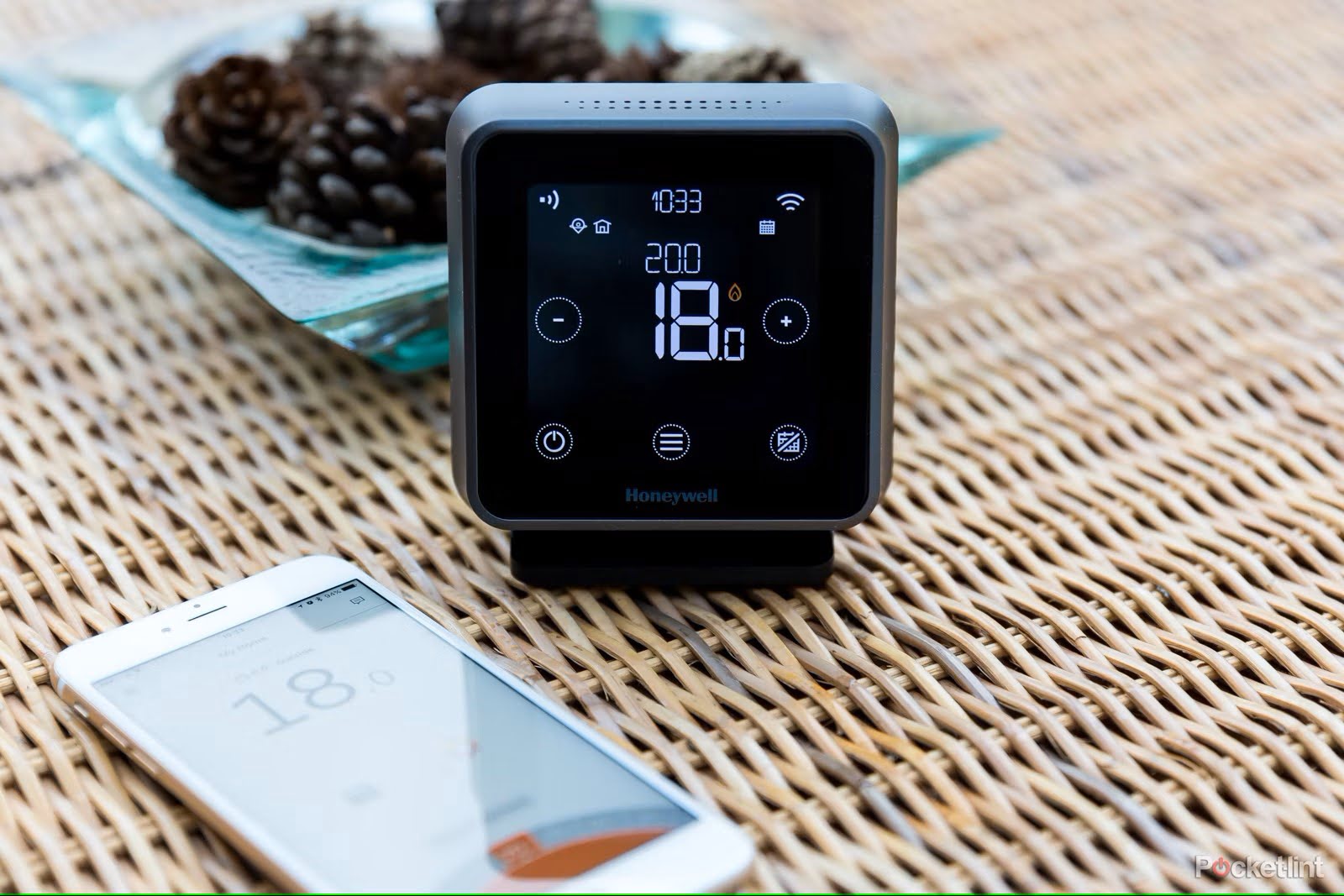

0 thoughts on “Where Are The Batteries On A Honeywell Thermostat”